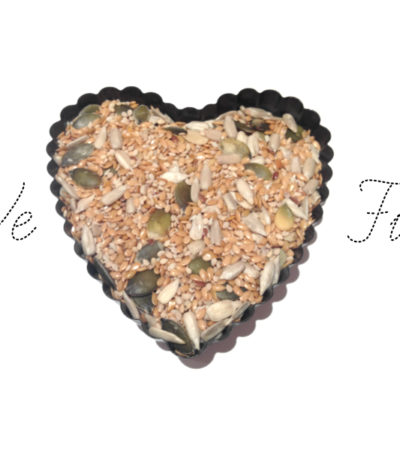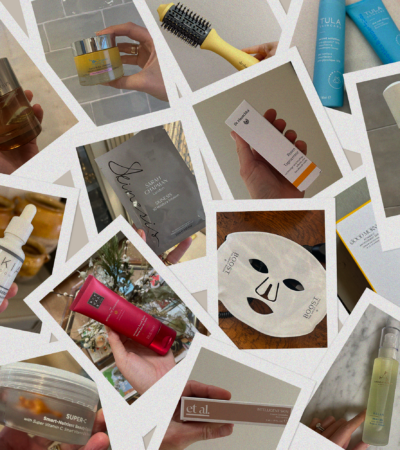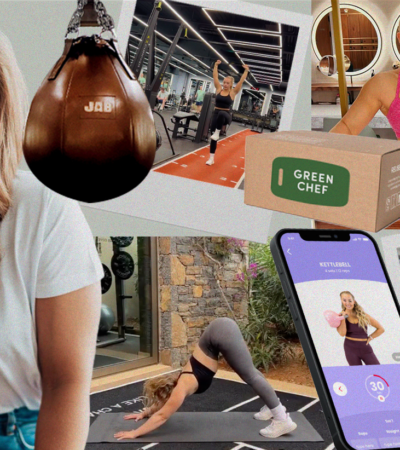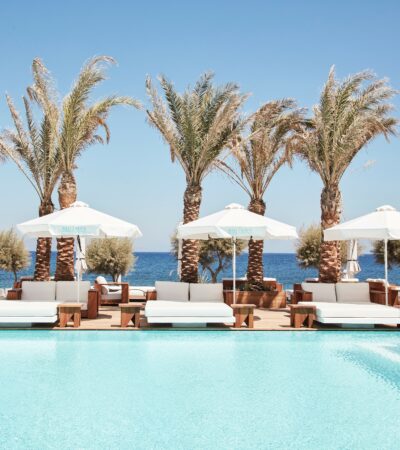Barefoot running, otherwise known as natural running, is the latest craze to take the fitness world by storm. At Hip and Healthy, we decided to delve a little deeper into this topic and sent Bex Fairbrother to find out what all the fuss is about
Barefoot running is not a new phenomenon. In fact it is one that is steeped in history. People have been running barefoot or in very thin shoes for millions of years and as a result evolution has made it so our feet are well-engineered for running long distances with little or no support – or at least this is what the advocates of barefoot running believe. They would suggest that Darwin’s evolution theory has made it so our feet are well adapted to uneven terrain. Furthermore, barefoot runners believe that we have evolved to running long distances without requiring the hi-tech, heavily cushioned, modern footwear that have been the go-to shoe since the fitness industry (as we know it) started to mature into a global, profitable industry.
Benefits of Going Bare
Barefoot running has certainly been met with mixed reviews. At first, most people’s stance seems to be one of skepticism. We have become accustomed to thinking that we need cushioning when we run, in order to protect us from injuries and our joints from rapid deterioration. However, this type of minimalist running is certainly gathering pace. The main perks of barefoot running is that you feel lighter and really do have a spring in your step. This in turn encourages you to run faster.
Another benefit of barefoot running is that it helps the runner to strike the ground with the front of their foot rather than with a heel strike which is often the method employed when wearing traditional running shoes. The latter can be detrimental to your joints and muscles as it places more impact on the body.
It is also thought to strengthen your feet and is believed to be a much more natural way to run. With a standard pair of running shoes one tends to pound the ground much harder, which can lead to long-term problems with knees, ankles, feet and other joints.
What Shoe to Choose?
As a recent guinea pig for barefoot running, I would recommend Vibram if you are looking to invest. Vibram are one of the best barefoot running brands around and have remained at the forefront of the industry due to their innovative and performance-enhancing designs. Their pioneering shoe is the Vibram FiveFingers which was created in 2006. Featuring a thin, flexible and deconstructed sole, this enables the foot to curl, flex and move with ease as nature intended.
When I embarked on my barefoot running journey, I was in the midst of training for a 20 mile, off road run. The shoes I was roadtesting were the Vibram FiveFingers – beautifully designed and extremely comfortable (once you get them on but that’s another story altogether).
The Vibram FiveFingers are essentially a mould of our feet. Made from thin, lightweight, abrasion-resistant stretch polyamide fabric, this ensures the user’s feet are comfortable, supported with enough freedom to move their feet. The thin, razor-siped soles have been designed so that they are slip resistant so they can withstand different surfaces, whilst also providing protection from hot surfaces and rugged terrain.
When I first opened the box of my new Vibram FiveFingers I was extremely excited as I am an avid runner and am always interested in anything which claims to be able to improve my passion. Barefoot running shoes have a ‘glove-like’ design, which is constructed so that each of your toes slip comfortably into ‘five fingers,’ hence the name. These innovative, individual toe pockets were designed to help strengthen the muscles in the feet and lower legs, which in turn is meant to enhance balance, increase agility and encourage range of motion.
I thought the glove-like design was a great concept as well as being quirky and fun, thus in keeping with the overall purpose of the shoe, although getting your toes into the individual pockets was quite challenging as this is not something our toes are accustomed to. However the more you use your shoes, the more your toes get used to it so slipping them on becomes just that – it ends up being pretty painless and takes no time at all.
My first barefoot run was a training run for my 20 miler and I ended up clocking up 9 miles. I started out feeling light, free and exceptionally fast. However, the next day my calf muscles were in agony. My advice to anyone who is going to make the transition from standard trainers to barefoot running shoes is to take it slowly – as the saying goes slow and steady wins the race and I think when barefoot running is concerned, this is definitely true. Don’t go hell for leather like me. Start by wearing them around the house first to get used to the feel. They will seem alien at first, but you should start to get use to them.
James, owner of website www.BornBarefoot.co.uk, which sells an extensive range of barefoot running shoes believes “that if you’re going to buy some minimalist shoes you should at least try running barefoot first. Then if you like it but would like a little more protection for running across gravel etc. then get some minimalist shoes.” I would completely agree. They are definitely worth giving a go and I think if you are willing and patient enough to build up slowly, they can actually be an extremely fun way to exercise.
For more information visit: www.vibramfivefingers.it/default.aspx
For more articles like this and other health and wellness tips sign up to our newsletter here.













